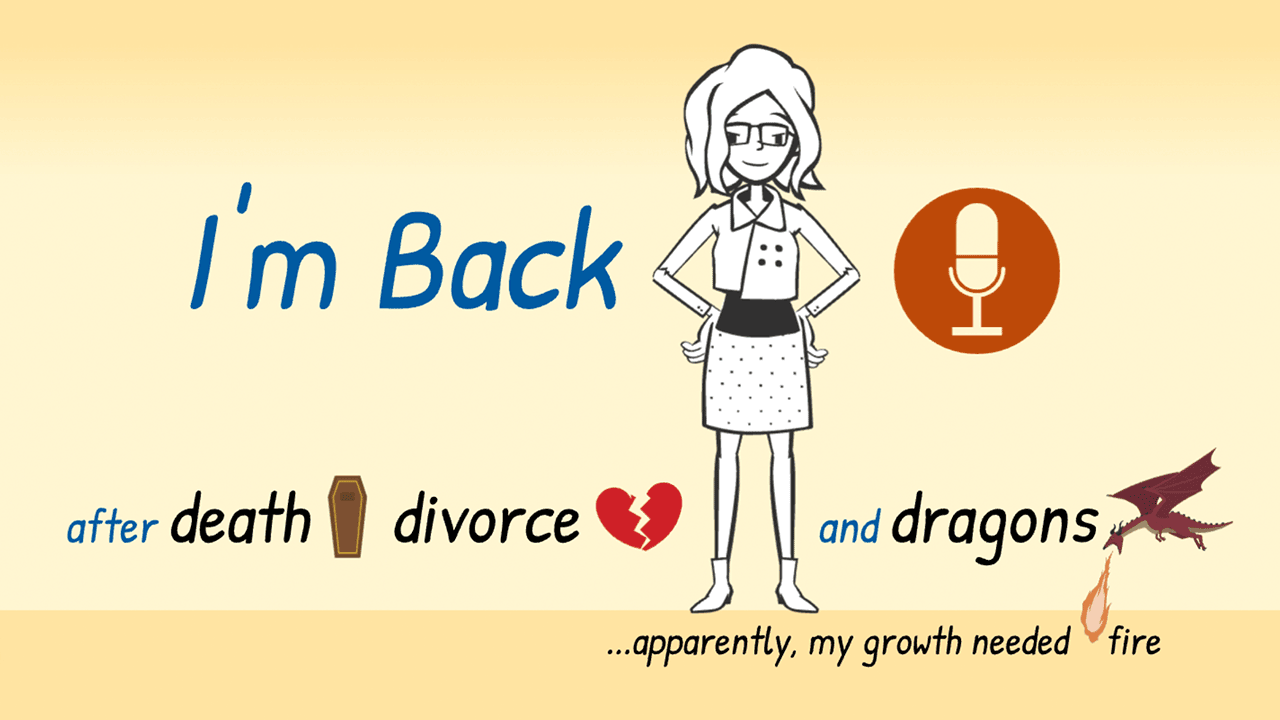Keep It Simple, Santillie
Aug 22, 2022
🎧 👉 Prefer audio? You can also listen to me share about this in podcast episode #014 here.
Do you know the KISS principle? It’s an acronym for “keep it simple stupid.” It was first coined in 1960 by aircraft engineer Kelly Johnson as a design principle for the U.S. Navy.
The story goes that Johnson handed a team of design engineers a handful of tools, with the challenge that the jet aircraft they were designing must be repairable by an average mechanic under combat conditions with only those basic tools. So the "stupid" wasn’t referring to the mental capacity of a person; it was referring to the relationship between the way things break and what was available to repair them.
According to Wikipedia, the most common variations of the phrase include:
- "keep it simple, silly"
- "keep it short and simple"
- "keep it short and sweet"
- "keep it simple and straightforward"
- "keep it small and simple"
- "keep it simple, soldier"
- "keep it simple, sailor"
- "keep it sweet and simple"
Growing up, my family had our own version of the KISS Principle:
“Keep It Simple, Santillie.”
My Dad would say that to me when I would start to overcomplicate things.
Which is something I NEVER did! (ha, just kidding)
So why do we often make things more complicated than they really are or need to be?
I think it has something to do with our left brain's emotional part and left brain thinking part triggering each other so that we start spiraling down a rabbit hole of complexity.
I like how neuroanatomist Dr. Jill Bolte Taylor talks about the brain as having four characters. I haven’t heard her specifically talk about how we have a tendency to overcomplicate things. Yet, from what I’ve learned from her and others about the way our brain works, I imagine it like a conversation between our two left-brain characters:
Left brain emotional character: “I’m scared of ___.”
Left brain thinking character: “Ok, then let’s put this thing in to protect us from that.”
Left brain emotional character: “I’m also scared of ___.”
Left brain thinking character: “Ok, then let’s add this other thing in.”
Left brain emotional character: “Oh, I’m also scared of ___.”
Left brain thinking character: “Oh ok, then let’s add this other thing in too.”
And this can go on and on and on...
Some examples that come to mind:
- Problem-solving
- Planning a challenging conversation
- Creating a presentation
- Running a business
I often don’t notice the instant I’m going down the rabbit hole of complicating things.
What I tend to notice is that I start to feel frustrated, irritated, anxious, desperate, frenetic, pressured, worried, or overwhelmed.
That is my cue that something needs to be simplified.
Start to pay closer attention to your feelings and when you start to feel any feelings that are on the more “uncomfortable” side of the feeling spectrum, see if there’s any connection to something that you’ve made complicated, and ask yourself, “How can I simplify this?”
There are always ways to simplify our lives.
P.S. I took the photo above on a walk this summer in Marin County, Northern California.
“The important things are always simple.”
– Albert Einstein
🎧 👉 Prefer audio? You can also listen to me share about this in podcast episode #014 here.





